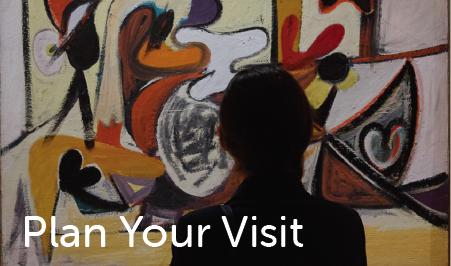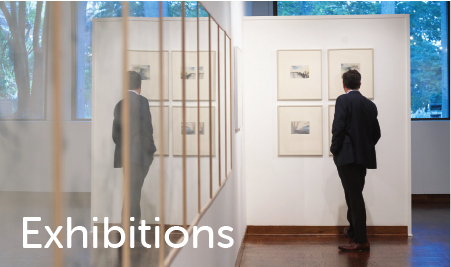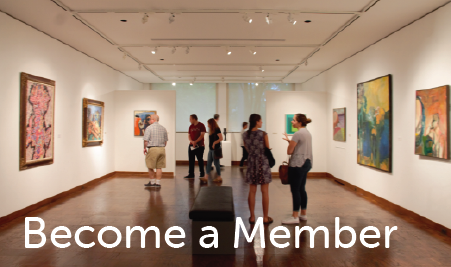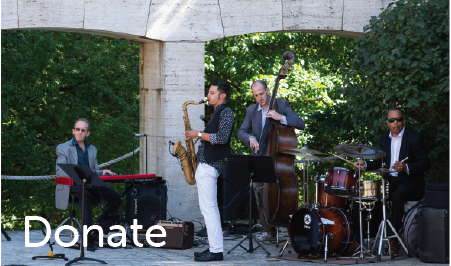William Christenberry: Changing Landscapes-The Source RevisitedOctober 4-December 29, 2001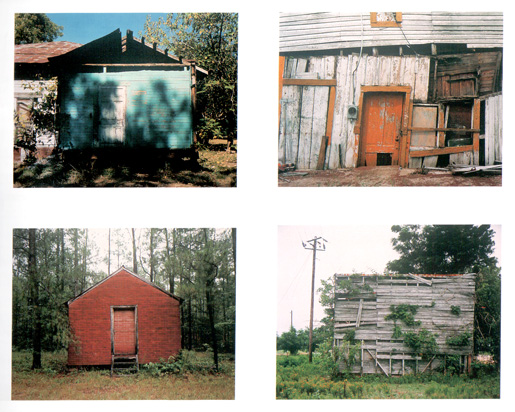 William Christenberry, Rear of House after Removal of Kitchen; T.B. Hicks' Store; Red Building in Forest; South End of Palmist Building, 2001, Collection of the artist(clockwise, beginning in top left corner) "William Christenberry is an exemplary artist whose poignant, sensitive works effectively communicate on a profound moral and poetic level. The beloved rural Southern landscape of his childhood has become his inspiring subject ever since he painted Tenant House I in 1960. Since then, the rural landscape with its structures, signs, outwards and inner nuances, and secrets, has found its way into Mr. Christenberry’s imagination. With his striking array of works, including photographs, drawings, wall constructions, and sculptures, the artist deals with emotionally charged manifestos of the known places an the effects of time on that place. In particular, Mr. Christenberry explores many powerful images the South offers, including its vanishing man-made structures, its ever-present vegetation, and the Ku Klux Klan. Mr. Christenberry’s work demonstrates that aesthetics and ethics are inseparable forces for him." 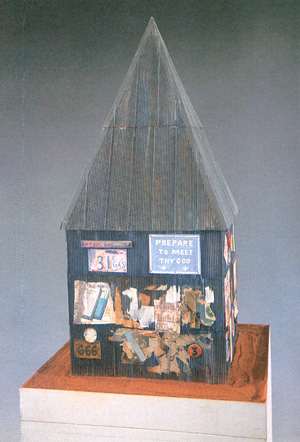 Dream Building III, William Christenberry, 2001, Collection of the Robert Mangrum. -Milena Kalinovska, Guest Curator |



